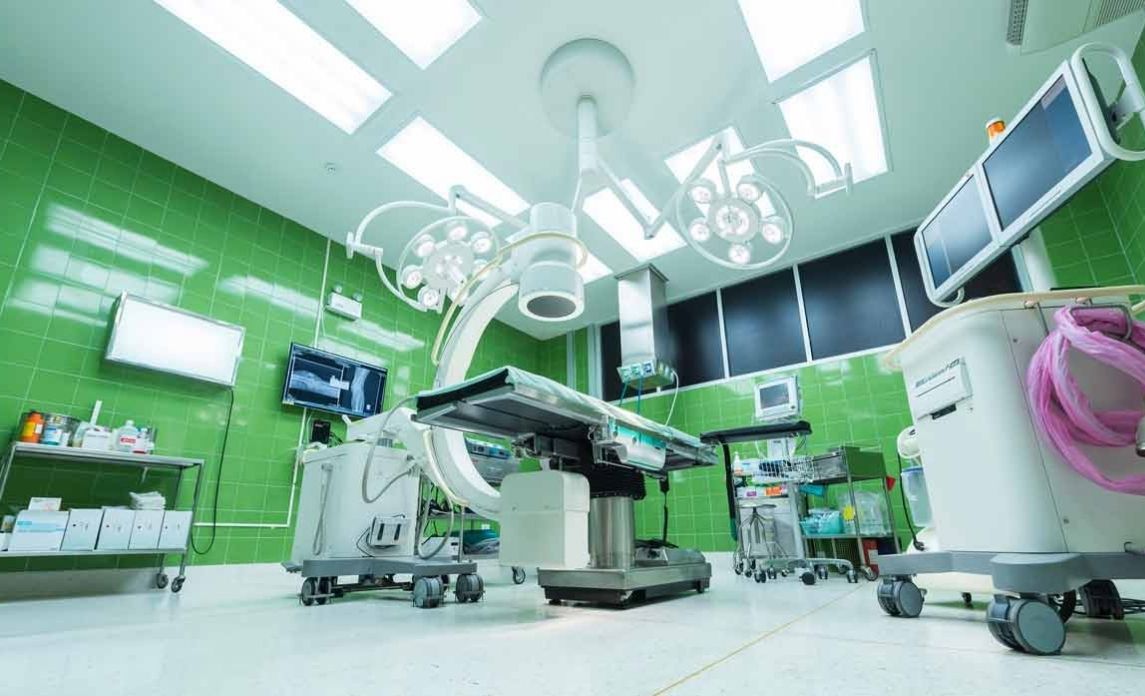If there’s a gold standard in terms of quality cleaning and best practices, it’s definitely the healthcare sector. Indeed, healthcare cleaners can be considered infection and illness prevention experts that everyone should take notes from, especially after COVID-19 shocked the world.
For instance, commercial cleaning crews aren’t required to disinfect an office building or a school to the same level as a hospital or laboratory. Nevertheless, they can learn a lot from healthcare cleaners when it comes to cleaning to keep people healthy. After all, cleanliness, health, and safety are important in every industry.
A good example is how Crewcare has developed a deep cleaning protocol designed to prevent and control infection like the coronavirus.
With that said, here are just a few things that everyone can pick up from cleaners in the healthcare industry.
Disinfection is the goal
According to the American Centers for Disease Control and Prevention, cleaning, disinfecting, and sanitising are three different things. Cleaning removes dirt, germs, and other impurities from objects or surfaces. This process uses soap and water; it may or may not kill harmful pathogens but can considerably lower the number of germs present.
Disinfecting is what kills bacteria, germs, and some viruses through the use of chemicals. However, do note that a disinfected object or surface is not always clean. Just think of a child’s toy that you wiped down with alcohol but didn’t wash with soap. That’s why it’s important to first clean something before you disinfect it. It’s also important to follow product instructions such as the correct amount of disinfectant and how long you should let it sit for maximum effect.
A key thing to remember is that sanitising can actually be achieved by either cleaning and/or disinfecting. This is because sanitising is simply the process of decreasing the number of harmful microorganisms on an object or a surface to an acceptable level. The acceptable level may vary depending on the standards or requirements set by a public health authority.
“Triage” cleaning areas
In hospitals, doctors assign levels of urgency to their patients. Also called triaging, this system helps medical professionals make objective decisions on who to treat first. The same triage system also applies to healthcare cleaning in these facilities. It’s important to prioritise cleaning and disinfecting the most high-risk areas, which includes operating rooms and patient rooms. These should be followed by common areas like the lobby, and then finally by the staff offices.
Applying the same philosophy outside healthcare settings, it’s best to prioritise cleaning high-risk areas like bathrooms. Kitchens are also prone to accumulating harmful bacteria. Lower on the list should be conference rooms, stock rooms, and other areas that don’t see a lot of use. Cleaners should also note that it’s only necessary to clean floors, not disinfect them. This is because floors don’t pose a high contamination risk. Moreover, high foot traffic can easily “cancel” disinfection efforts.
Crewcare has applied the same philosophy in its response to COVID-19. There are three different levels of cleaning offered, with the highest level requiring fogging as a means of disinfection to make sure that all areas and corners are covered.
Take advantage of microfibre
When damp, microfibre cleaning materials like mops and cloths can trap 99% of bacteria. This helps minimise the use of harmful chemicals that can trigger allergic reactions and other conditions. As such, microfibre is an ideal material for hospitals and healthcare facilities. Crewcare also happens to take advantage of this highly durable material for cost-efficient and hassle-free cleaning. With proper care and disinfection, microfibre can stay in good shape for years.
Identify and disinfect high-touch spots
Healthcare cleaners pay special attention to high-touch spots such as handrails, bed rails, call buttons, and mattresses. Door knobs and elevator buttons can also harbour tons of germs, with hundreds of people touching them multiple times a day.
The same goes for commercial cleaning in offices, for instance. Buildings and office spaces have plenty of high-touch spots that need regular disinfection. These include doorknobs and handles, elevator buttons, keypads, fingerprint scanners, as well as desks. Also included in this long list are faucet handles, microwave doors and handles, and phones. It’s a good idea to also remind employees to regularly disinfect their keyboards, computer mice, and smartphones. If you can, provide a supply of disinfectant wipes to instil the habit.
Wear the proper gear
For healthcare cleaning crews, wearing personal protective equipment or PPE is a must. Hospitals and laboratories are home to various contaminants. Without PPE, cleaners can quickly spread harmful pathogens and infect a lot of people.
In other commercial settings such as schools or workplaces, wearing PPE while cleaning might seem like overkill. This is true most of the time. After all, these places don’t produce nearly the same amount of hazardous wastes. However, during flu season or if other communicable diseases are spreading like COVID-19, it’s best to wear PPE while cleaning. By wearing protective equipment, the cleaning crew can minimise contamination and set an example for others.
Healthcare cleaners are exposed to harmful pathogens all the time, unlike other cleaners. But in times like these, everyone who cleans should take the necessary precautions appropriate to the space they’re in. Indeed, it’s a good idea to use healthcare cleaners as a template and then make tweaks as necessary. With a customised cleaning plan, commercial cleaners can ensure the most efficient way of maintaining high standards of cleanliness and hygiene.


